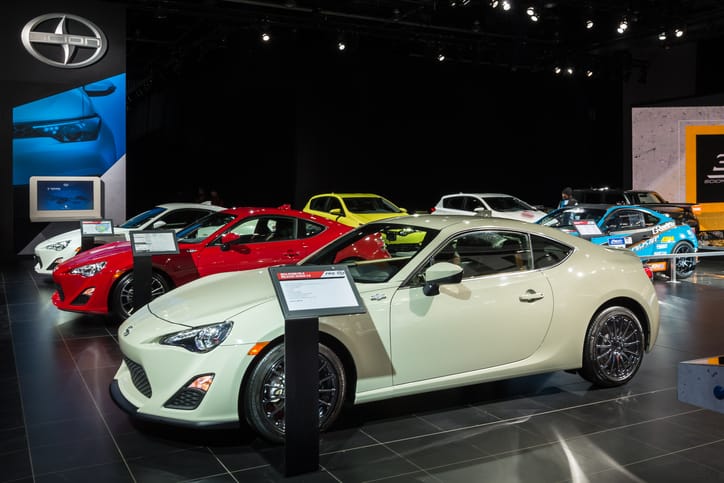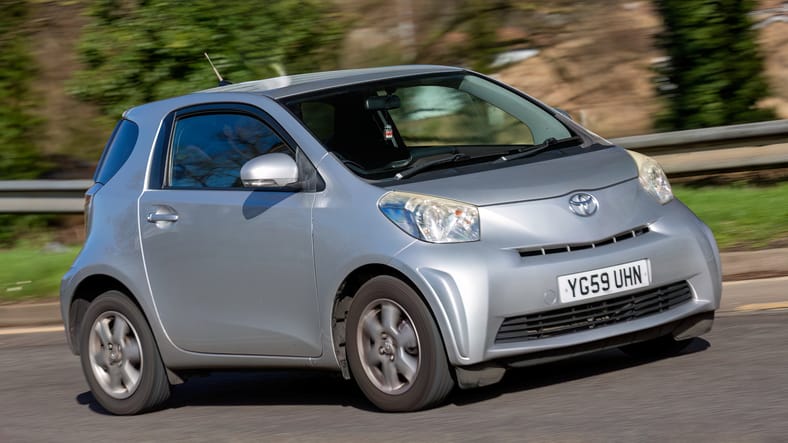Scion: A Short-Lived Experiment in Reaching Young Car Buyers

Scion, meaning "descendant" or "heir," was a brand launched by Toyota in 2003 specifically for the North American market. Aimed at attracting younger buyers, Scion offered a unique approach to car buying, with a focus on customization, transparency, and a different kind of sales experience. Though ultimately short-lived, the Scion experiment offers valuable insights into the ever-changing automotive landscape and the challenges of capturing the attention of new generations of car enthusiasts.
A Brand Built for Millennials
The early 2000s saw a significant shift in the car-buying demographic. Millennials, born between the early 1980s and late 1990s, were entering the market with different preferences than previous generations. They valued individuality, technology, and a sense of community. Traditional car dealerships, with their often-complex sales tactics and limited customization options, weren't resonating with this new audience.
Scion aimed to bridge this gap by offering a more engaging and transparent experience. Their dealerships, called Scion Studios, were designed to be less intimidating and more like community centers, with interactive displays and comfortable spaces for socializing. Salespeople, known as "Scion consultants," were trained to be more approachable and less pushy, focusing on building relationships with customers rather than closing deals.
No Haggle Pricing and Customization Galore
One of Scion's key differentiators was its "no-haggle" pricing strategy. Unlike traditional dealerships where prices were negotiable, Scion offered a single, fixed price for each vehicle, including options and dealer-installed accessories. This simplified the buying process and eliminated the stress and uncertainty associated with haggling.
Scion also heavily emphasized customization, allowing buyers to personalize their vehicles with a wide range of factory-approved accessories. From body kits and spoilers to wheels and interior trim, Scion offered options to cater to various styles and preferences. This focus on personalization resonated with millennials, who valued expressing their individuality through their possessions.
The Scion Lineup: A Mix of Rebadged Toyotas and Unique Offerings
Throughout its 13-year run, Scion offered eight distinct models, many of which were rebadged versions of existing Toyota vehicles. This strategy allowed Scion to leverage Toyota's established reputation for reliability and quality while offering a more youthful and customized experience.
Some of Scion's well-known models included:
- xB: A boxy hatchback known for its spacious interior and unique styling.
- tC: A sporty coupe that offered a fun driving experience and a range of customization options.
- FR-S: A performance-oriented sports car developed in collaboration with Subaru, offering rear-wheel-drive handling and a powerful engine.

- iQ: A small, fuel-efficient city car with a unique two-door layout and innovative packaging.

While some models were rebadged Toyotas, Scion also introduced unique offerings like the xA, a quirky subcompact hatchback, and the iM, a sporty hatchback with European influences. These models further emphasized Scion's commitment to offering something different for young car buyers.
The End of an Experiment: Scion Reintegrated into Toyota
Despite its innovative approach, Scion faced challenges in the competitive market. The brand struggled to establish a strong brand identity and faced fierce competition from other established brands targeting the same demographic. In February 2016, Toyota announced the discontinuation of the Scion brand, with its models being reintegrated back into the Toyota lineup.
A Legacy of Lessons Learned
While Scion may be gone, its brief existence offers valuable lessons for the automotive industry. The brand's focus on transparency, customization, and building relationships with customers resonated with a new generation of car buyers. Although it ultimately didn't achieve long-term success, Scion's experiment provides insights into the evolving car-buying landscape and the importance of adapting to changing consumer preferences.
Today, Toyota continues to offer some of the models originally introduced under the Scion brand, albeit under the Toyota badge. These models, like the FR-S (now known as the Toyota 86) and the xB (discontinued in 2016), continue to find favor with a segment of car buyers who value affordability, customization, and a touch of individuality.
